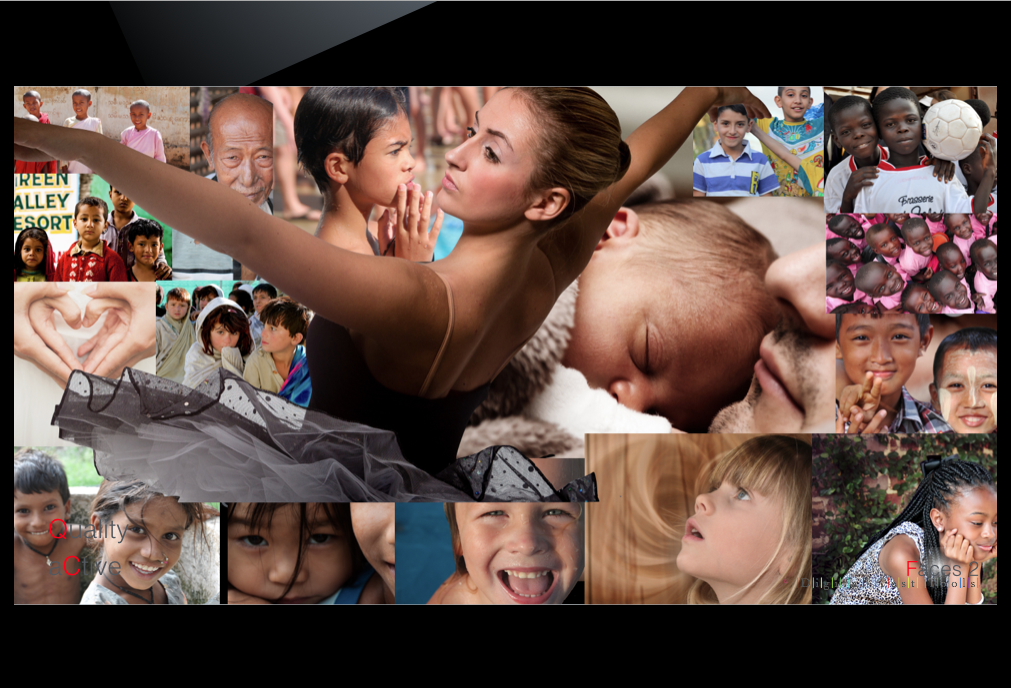- Version 1
- Download 388
- File Size 5,613.62 MB
- File Count 1
- Create Date 2016-07-25
- Last Updated 2019-04-16
Faces1 – 2K
The passcode is QA_b4_QC
The major idea behind the two Faces Test DCPs is that the Human Visual System and the Human Hearing System work magic. To test the picture in your auditoriums, we have to somehow get around that magic.
One part of the magic is that people's eyes adjust to different light levels. The eyes and the brain work together to give the best image possible in different circumstances. We have the ability to see in dark moonlight and in bright sunlight. We can see great detail in our center vision, and we can see minute motion in our side vision.
We hear sound the same way. In a quiet room we can here a fan or even a mosquito that is 3 meters (10 feet) away. In a loud kitchen, we can hear voices that are softer than the loud pots and pans. (Well, sometimes.) We certainly can't hear that mosquito among the kitchen noises, and we can't see a dark cat go by in the shadows if there are headlights making the the scene too bright.
Usually this magic is a great thing. It is an automatic process that protects the eyes, yet lets us see through an incredible range of light in the right circumstances. But it also means that when we see leaves of green and fields of rice waving in the wind, we presume that the clouds are white and the sky is blue ...but they might really be grayish white and a light shade of blue.
This especially happens in a movie theater. The sun or reflections that we see outside are hundreds, even thousands of times brighter than a projector can display on the screen. Yet, we believe it is bright white. And that is what matters to the audience. But we have to check that the projection system is giving all that can be expected, not wimping out or giving too much of one color or not enough of another.
Sound is the same way. It is a rare person who can hear a tone and accurately say with certainty, "That is the note 'E' below middle 'C' on the piano for example or that it is soft or loud. All we can say is that it is soft or loud in comparison to something else.
Our purpose is to test the system, to see if it has the right amount of light (and sound). How do we get around this amazing capability of the Human Visual and Hearing Systems?
One thing that people can do very well is determine if faces look right. So, your author went to a photo sharing site and dropped a bunch of faces on top of each other and made two DCPs. We think it turned out to be a very interesting way for you to judge the quality the projected pictures on your screen. And, like the other DCPs, there are also clean and distorted and muted high and low notes to judge the quality of your sound. Oh~! and let's not forget the subtitles...
The passcode is QA_b4_QC
Here is a quicktime version of the Faces1 DCP – Have fun, and tell us what you think. With your help we can make a system that helps you tell the tech what is wrong and eliminates the complaints of the audience member.
https://vimeo.com/181345305
